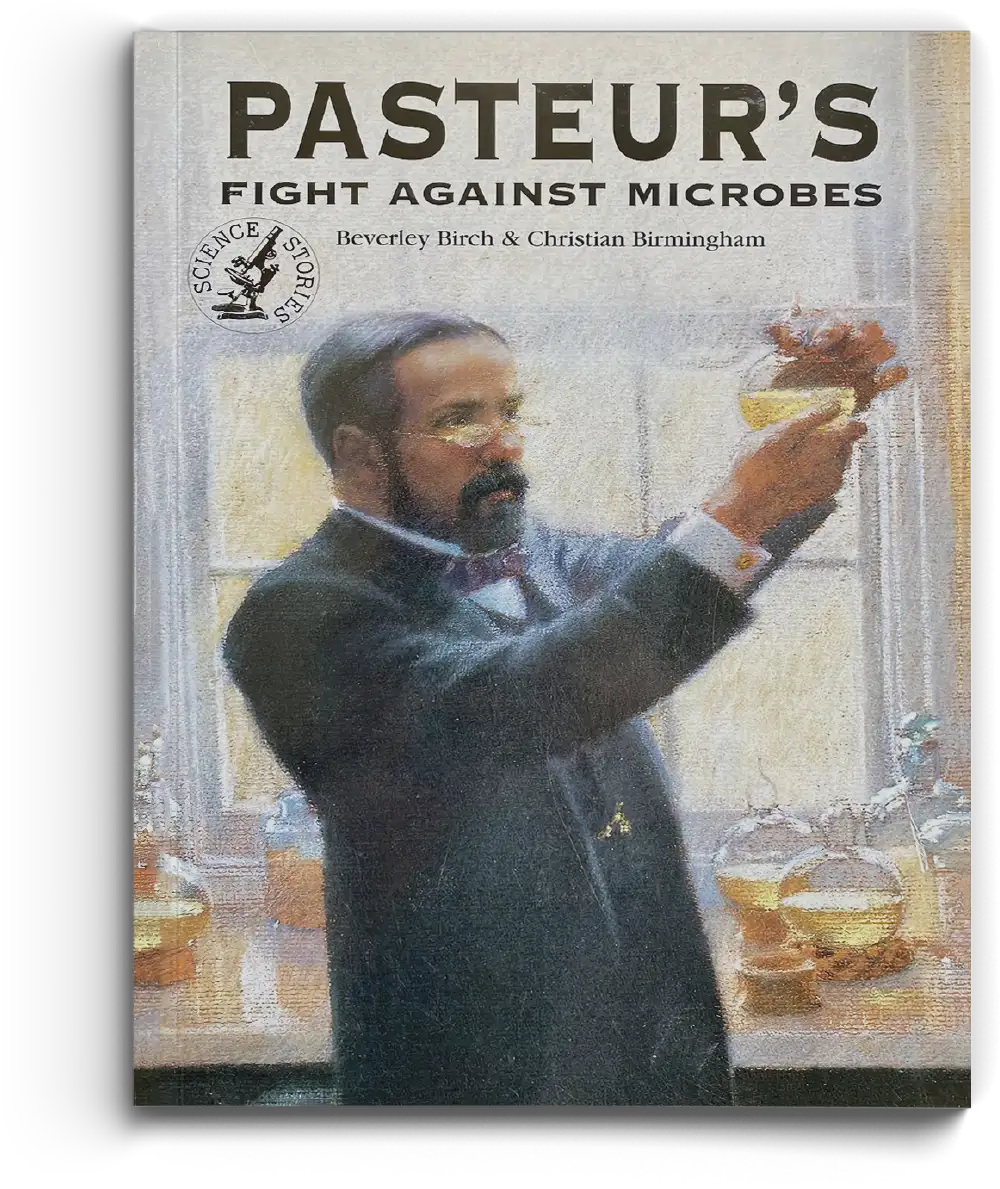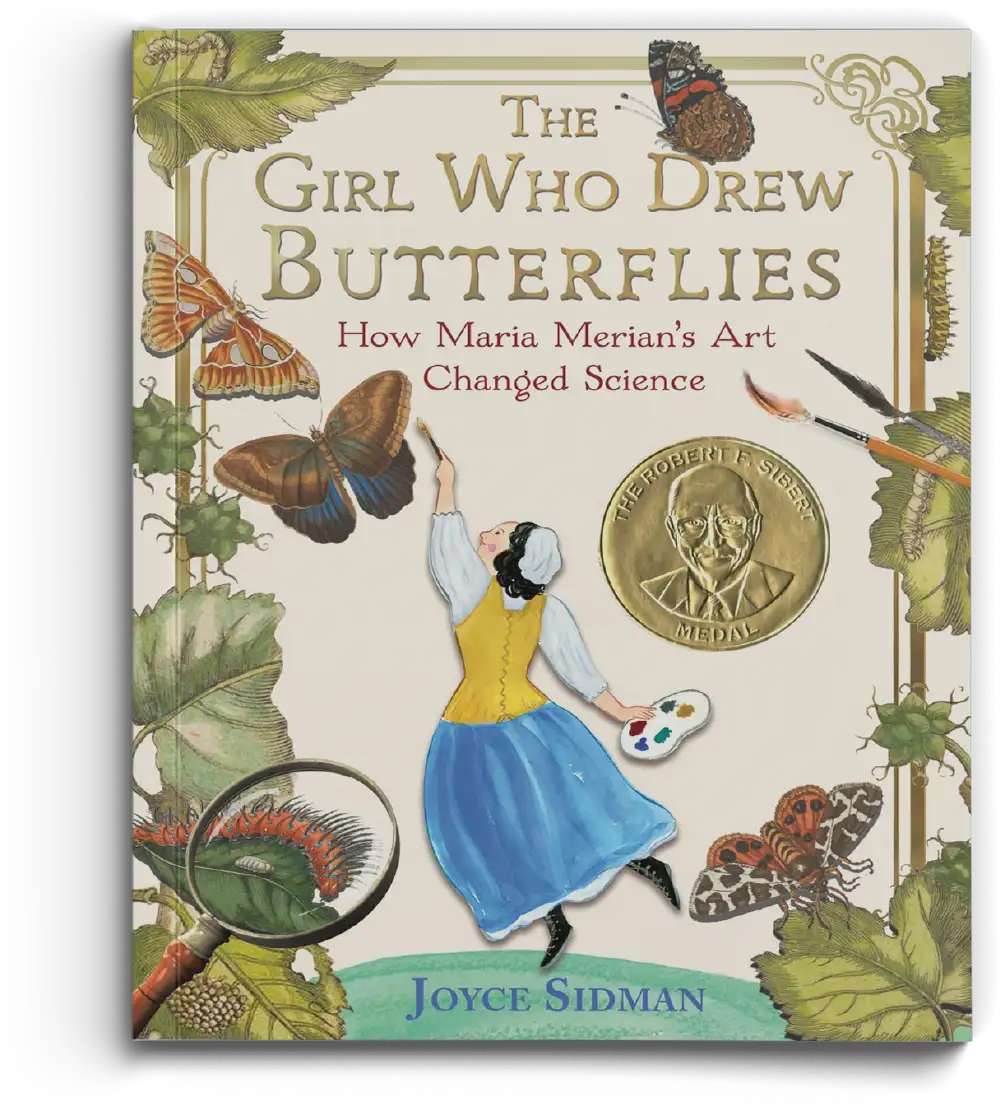

with
Kay Chance











Sidman explores Merian’s childhood passion for nature, her determination to study insects at a time when few women were involved in science, and her eventual journey to Suriname to document the life cycle of butterflies. The book emphasizes her revolutionary approach, as Merian was one of the first to document insects in their natural environments and show the full life cycle, challenging the scientific ideas of her time.


The novel begins when a mysterious sea creature, believed to be a gigantic monster, terrorizes ships in the oceans. A French warship is dispatched to hunt it down, and the three men are brought along as part of the crew. However, they soon discover that the “monster” is actually Captain Nemo’s Nautilus, a technologically advanced submarine. Captain Nemo, a brilliant but tormented man, takes them on an extraordinary journey beneath the sea, exploring shipwrecks, coral reefs, and even encountering dangerous creatures like giant squids.
The novel is a blend of adventure, exploration, and scientific curiosity. Verne’s detailed descriptions of marine life, underwater ecosystems, and technological innovation were groundbreaking at the time and remain fascinating.
The novel begins when a mysterious sea creature, believed to be a gigantic monster, terrorizes ships in the oceans. A French warship is dispatched to hunt it down, and the three men are brought along as part of the crew. However, they soon discover that the “monster” is actually Captain Nemo’s Nautilus, a technologically advanced submarine. Captain Nemo, a brilliant but tormented man, takes them on an extraordinary journey beneath the sea, exploring shipwrecks, coral reefs, and even encountering dangerous creatures like giant squids.
The novel is a blend of adventure, exploration, and scientific curiosity. Verne’s detailed descriptions of marine life, underwater ecosystems, and technological innovation were groundbreaking at the time and remain fascinating.
